ZIL-131. The last hero of the plant named after Likhachev
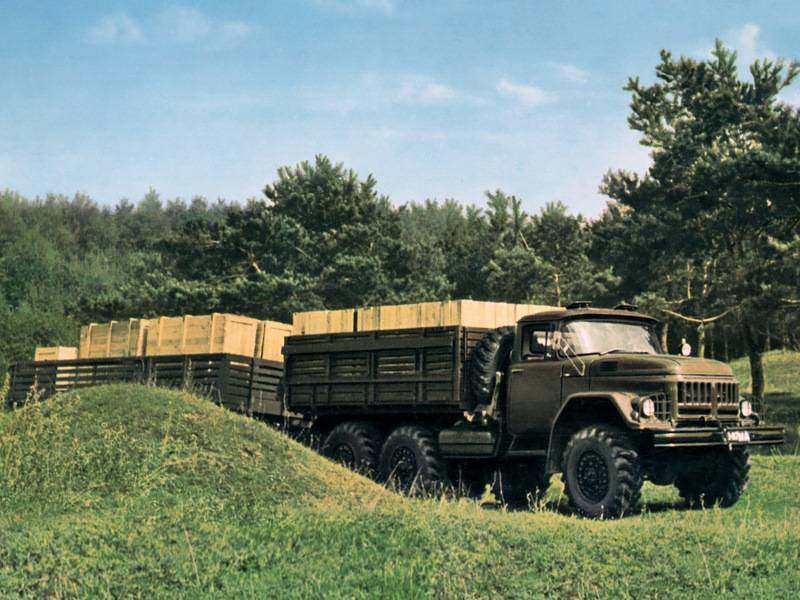
Strong business executive
If you enter ZIL-131 in the search line of any Internet browser, then after three or four photographs of a regular onboard truck, a car with a “body of universal normal dimensions” (KUNG) will surely be found. Initially, similar bodies from the predecessor with the 157 index were mounted on ZILs, but from the middle of the 60's the inhabited K-38 and KM-131 went into the series (the developer is the 131 experimental plant). Speaking in modern language, these were production modules that could be mounted both on trucks and trailers. The main task of the Kungs was to provide more or less tolerable living and working conditions for several crew members in severe climatic conditions. The range of working “outboard” temperatures was 1000 C (from + 50 to -50), and the maximum height above sea level where the ZIL-131 with such a body could climb is more than 4,5 km. Naturally, the module was protected from radioactive dust by filtering units of the FVUA series, ОВ type heaters were located above the cabin, and the sealed body panels were sandwiches made of aluminum, plywood and reinforced foam.
It is interesting that, in addition to the 38 plant, the development of kung modifications was also carried out in the body department of the All-Union (now it is the All-Russian) design and technological furniture institute, which belonged to the USSR Ministry of Forestry and Woodworking. In many ways, this was a motor home, which the Soviet Union did not do for civilians, capable of protecting residents for some time from the consequences of a nuclear or chemical war. It is decidedly impossible to write about how many modifications survived K-131 and KM-131 vans during 40 years of production, what equipment was installed in them and where they were produced, since the format of the article will go into the book chapter in terms of volume. I only mention that the kungs became the basis for the technique of radio operators, anti-aircraft gunners, and, of course, army engineers with repairmen. PARM systems of mobile auto repair shops included ZIL-131 with maintenance workshops MTO-70 and MTO-80, which over time acquired many narrow specialties. For example, the MTO-4OS was intended for the repair of heavy 4-axis equipment, and the MTO-AR and MTO-BT, respectively, relied on artillerymen with tankers.
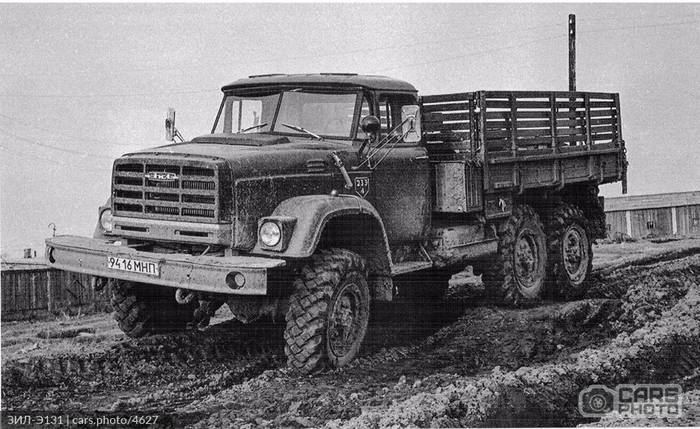
Among the exotic, one can distinguish an MES car, which serves to repair electricians, infrared and navigation equipment of armored forces. In the PARM complexes there were also traditional onboard ZIL-131 with two-axle trailers PT-1 and PT-2, which received the common name AT-1. In general, ZIL-131 became the basis for countless repair machines engaged in the restoration of the entire range of weapons of the Soviet army, without exception.
The ZIL-131 carrying capacity class allowed for the placement of fairly large fuel tanks, the largest of which was the ATZ-4,4-131, which included 4400 liters of diesel fuel, kerosene or gasoline. In total, such a tank on wheels made it possible to serve four consumers simultaneously. Related functions of the RCBZ machine, only in the tanks of such ZIL-131 were liquids for degassing, decontamination and disinfection. It is noteworthy that many bodies were manufactured at enterprises subordinate to the Ministry of Health. For troops chemical protection produced washing and neutralizing 8Т311М, disinfection and shower DDA-3, auto-filling ARS-14 and decontamination-air complex AGV-3U based on four ZIL-131 at once.
Experienced Technique
In the material “Bonnet ZIL-131: history and search for the ideal” already mentioned experimental models of equipment based on ZIL-131, but to complete the picture a few strokes are missing.
Perhaps one of the few branches of the army where the 131 received limited use was the engineering troops. This was largely due to the relatively small loading platform and moderate carrying capacity. Still, military engineers needed more serious equipment, so many ZIL-131 did not come out of the category of experienced ones. This was the 38М2 tow truck of light vehicles, capable of pulling a faulty UAZ in a semi-submerged state. But one interesting experiment is worth telling in more detail. In 1969, the secret program “Development of mounted automotive equipment for opening pits and self-digging a single car” was launched, which was simultaneously supervised by the ministries of defense and the automotive industry. In the same year, three prototypes were manufactured at the ZIL plant, which received the code "Perimeter".
On such ZIL-131, a bulldozer-type knife was attached to the frame at the back, which on three machines differed in thickness: 10, 12 and 14 mm. A hydraulic system was provided for raising and lowering the blade. Naturally, this whole structure weighed a lot and immediately reduced the car's payload by half a ton. A design feature was a rubberized apron, which was attached to the knife. The mechanics of the “Perimeter” was as follows: the knife was lowered to the ground, and the machine slowly moved forward, scraping off the top layer of soil, which, in turn, turned out to be on an apron dragging behind the ZIL. When the necessary layer was removed, the driver lifted the knife, and with it the apron, thereby shaking off the collected soil. Tests based on the Central Scientific Research Institute No. 15 engineering showed that the machine, of course, was original, but its transmission was not adapted to such heavy loads and often failed. At the same time, ZIL-131P Perimeter had to work not only for self-digging, but also on the creation of shelters for armored vehicles and artillery. An analysis of the available literature on this project indicates a high level of development secrecy (or perhaps oblivion): the authors give different test dates, and photographs of the machine are still not easy to find.
Also, without the prospect of mass production, the ZIL-131Г machine, developed in 1968 for combat operations in contaminated areas, remained. Difficulties in this project began, naturally, with sealing the truck’s cabin - it turned out to be difficult to protect the civilian model from dust and gases. All openings were covered with harmonic covers, and the opening parts were additionally equipped with rubber seals. Welds were coated with sealants. We had to abandon the lowered windows - removable window shields replaced them, and to maintain the overpressure it was proposed to install the FVU-75 filter ventilation machine.
The metal semi-floating bridge "Prolet", the installation of which was planned several centimeters below the water level, was supposed to go to the ZIL-60 machine base at the end of the 131's. It was adopted, and the fleet included 42 trucks, but the complexity and high cost of manufacture put an end to the army's technical prospects. The ZIL-131 model of the KMS (complex of bridge-building equipment), which transported one of the five parts of the piling pontoon of the heavy CCI park behind the cabin, is connected with the topic of the crossing. In combat conditions, the calculation of the ferry (and this is 47 people) brought the equipment to working condition in 15-20 minutes and built piles on the water body at a speed of 3-5 pieces per hour.
Now a little about the civil experiments of the Likhachev Plant. The most paradoxical car of the ZIL-131 series was ... ZIL-133. Firstly, it is not clear why the index suddenly appeared on the dump truck 133, and, secondly, the very concept of a dump truck, lifting its body a few meters up, already raises questions. Despite the fact that the base of the all-wheel drive truck was used, the front axle was devoid of the driveshaft, and the car itself received the tricky name "dump truck with a preliminary lifting platform." It is not known what the ZIL engineers thought about at the beginning of the 60's when they announced the payload for such a machine immediately in 7 tons! Imagine how the center of gravity of a car rises, tipping a full body into a railway carriage - here a couple of awkward movements are enough to fill up the entire truck. This, in general, was the reason for writing off development as unsuccessful.
In 1971, in the Konakovsky forestry, an experimental ZIL-131L timber carrier with a GKB-E9335 dismantling trailer, which differs from the serial machines with a power take-off for winch drive, was tested. The truck was supposed to load five to seven tons of wood, which turned out to be unbearable for an experimental trailer. He constantly failed and demanded reinforcement of the structure. Yes, and ZIL-131, frankly, was rather weak for such work. Therefore, the topic under the L index was left, and the solution was found in increasing the output of Minsk timber trucks based on MAZ-509.
With weapons behind the cab
To understand how ancient the ZIL-131 is, just imagine that a version of the legendary Katyusha BM-12НММ was installed on its base. This happened in the 1966 year, and before the beginning of the 90's, a rocket launcher was used in the army as a means of shooting training regiments. It was the last modification of the legendary weapons Victory Later on the ZIL-131 appeared the usual “Grads” with the 36-th guides, which, however, were not particularly widespread in the army. Still, the platform of the heavy Ural was stronger and better withstand volley overloads.
Another ZIL-131 path in the Soviet Army was the transportation of missiles for numerous air defense systems - S-125M Neva-M, S-75M3 Volkhov, 2K12 Kub-M1 and their modifications.
From Afghanistan, there came the trend of installing on the chassis of the 23-mm automatic gun ZU-23-2, which received a new breath in Chechnya, Ukraine and in many local conflicts in the Middle East. But the real miracle was shown in 2016 by Ukrainian engineers, wearing an old ZIL-131 in a steel shell. Thus was born MRAP "Warta 6x6" with all the attributes of a modern armored vehicle - a V-shaped bottom and explosion-proof seats for 12 passengers and 2 crew members. Nothing is known about the further fate of the development; most likely, it remained in a single copy.
Even in the series of articles it is impossible to tell in detail about all the nuances stories legendary bonnet ZIL-131. Outside, firefighting equipment, mobile kitchens, bread suppliers and much more remained. The 131 machine gradually goes down in history, and with it the memory of the once great Likhachev Automobile Plant, which, at the end of its career, made timid attempts to create a successor.
- Evgeny Fedorov
- war-time.ru, DishModels.ru, drive2.ru, hodor.lol, maimana-1.ucoz.ru, cars.photo
- Bonnet ZIL-131: history and search for the ideal
ZIL-131: the workhorse of the Soviet Army
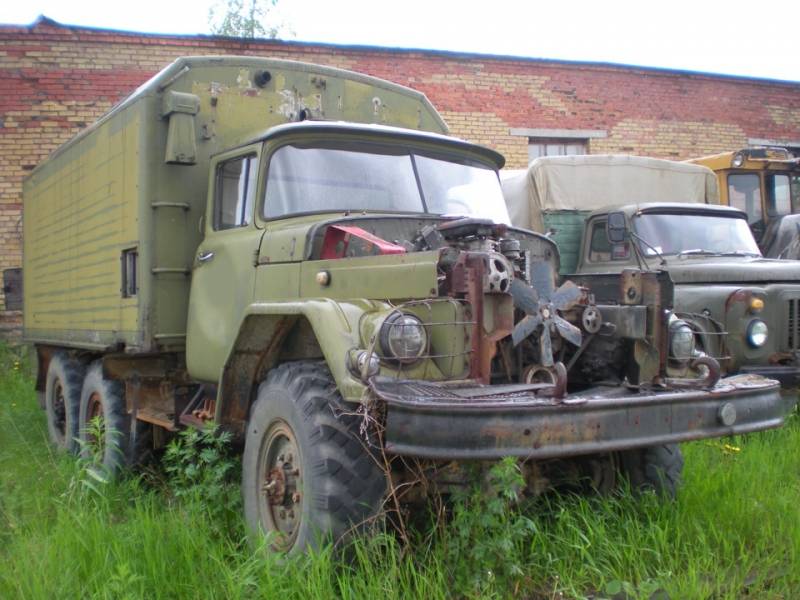
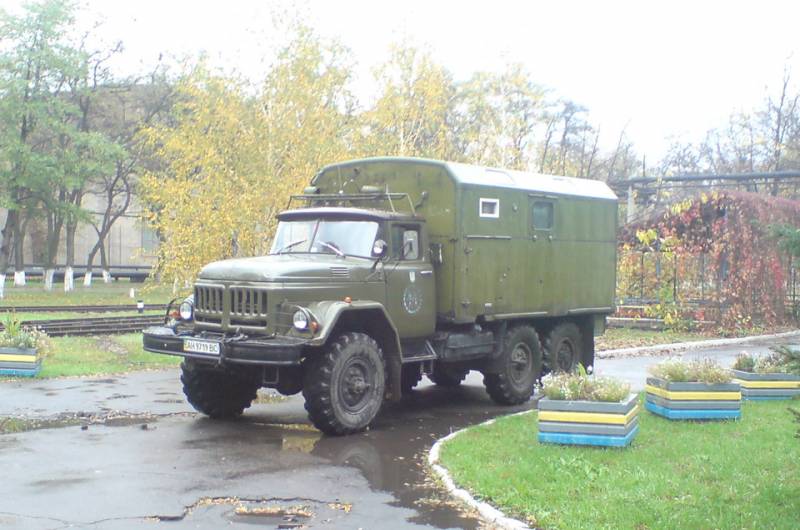
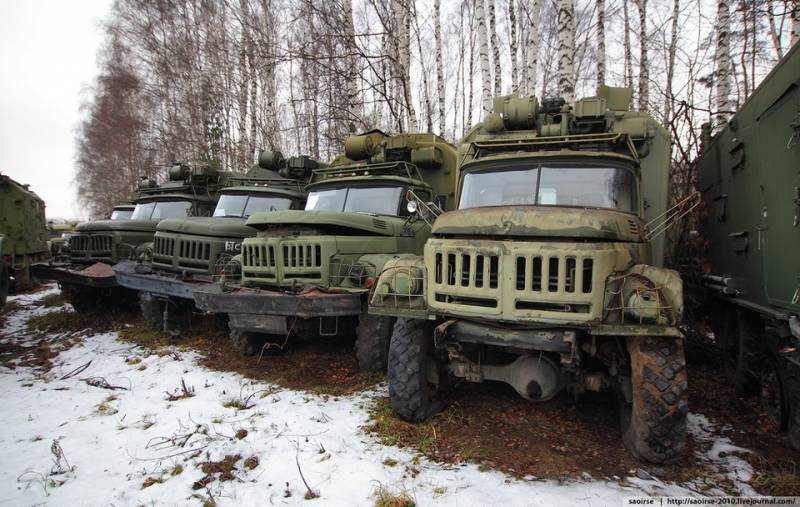
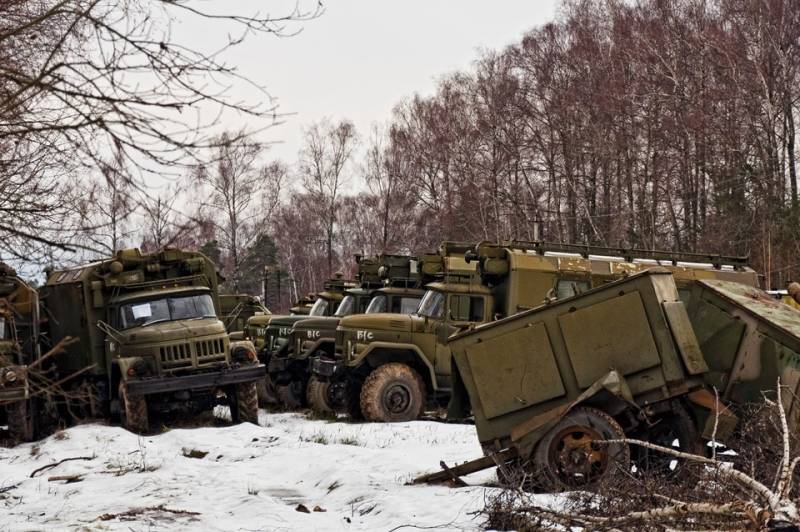
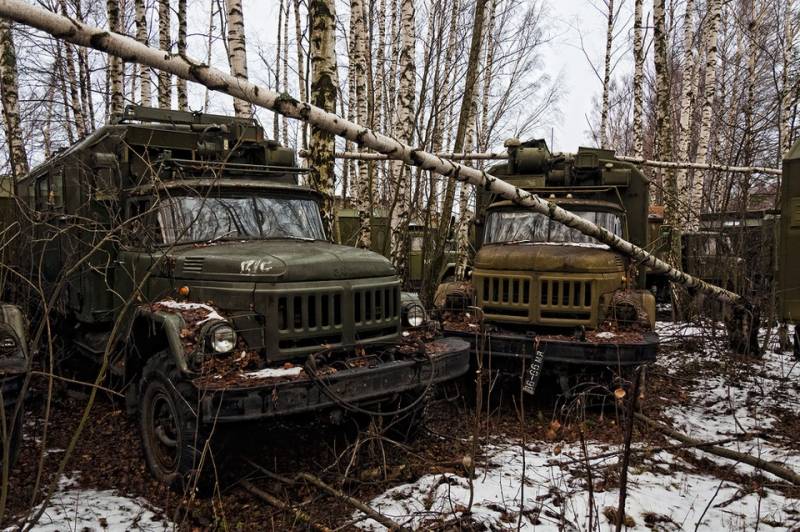
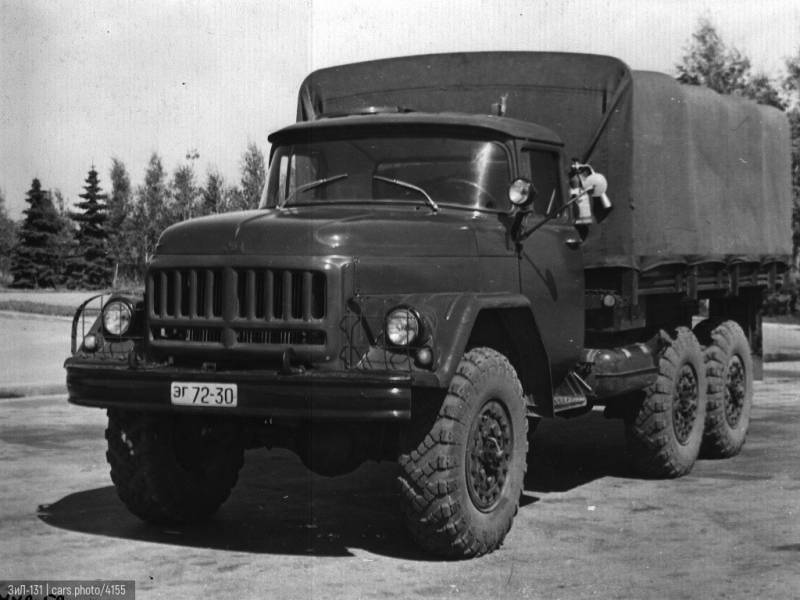
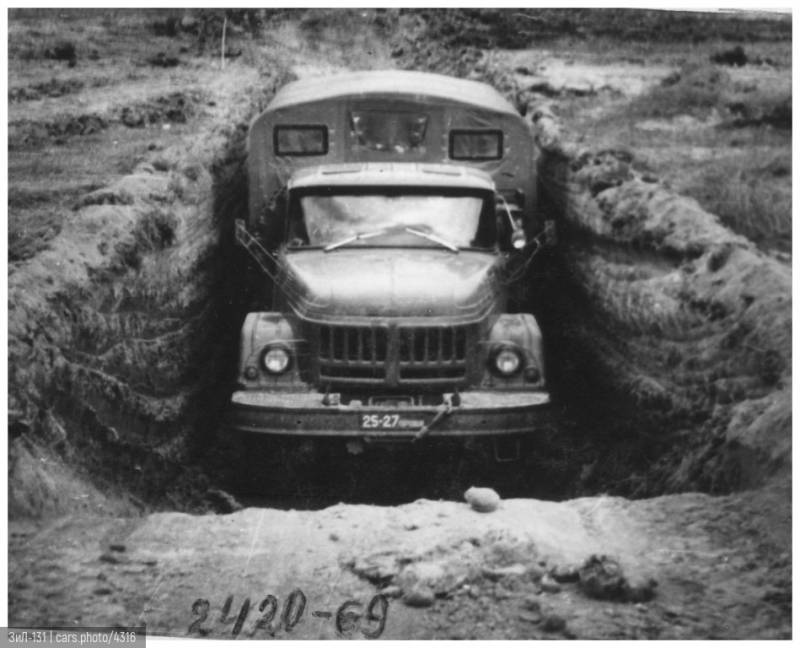
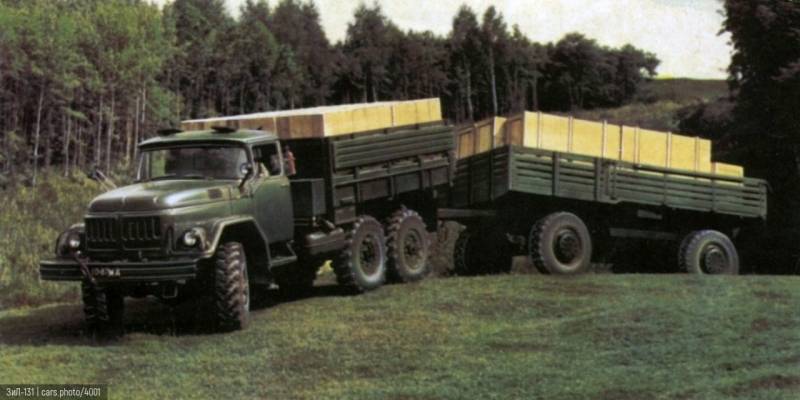
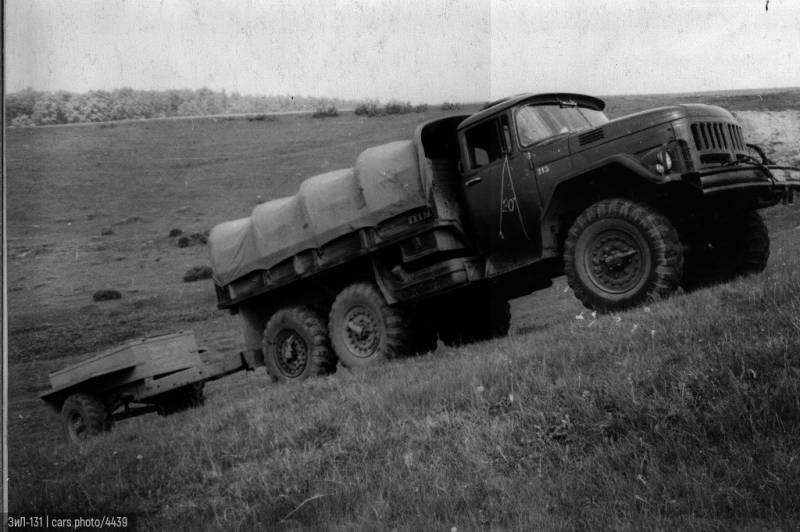
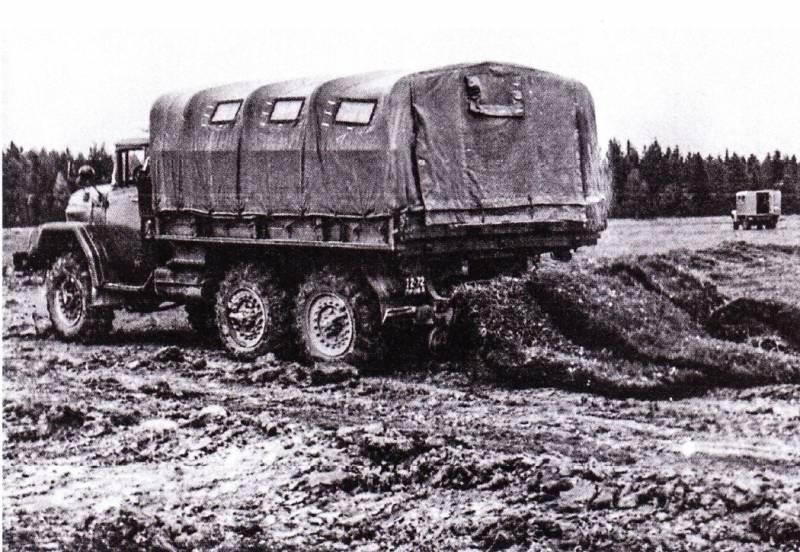
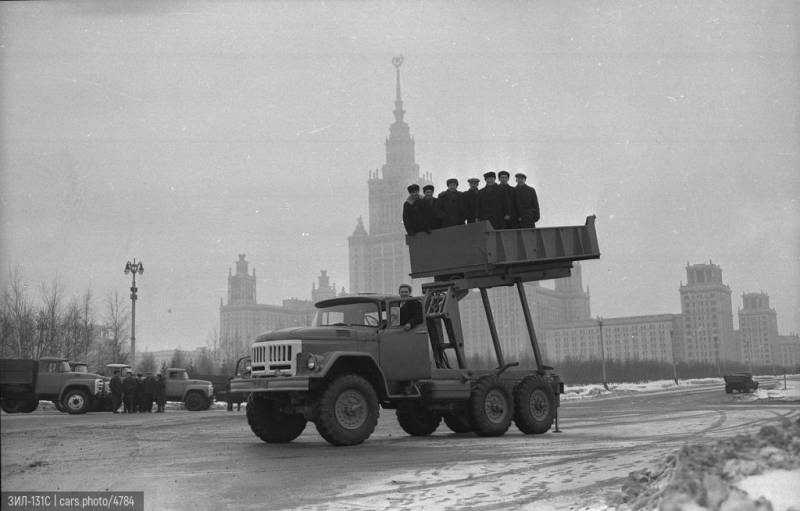
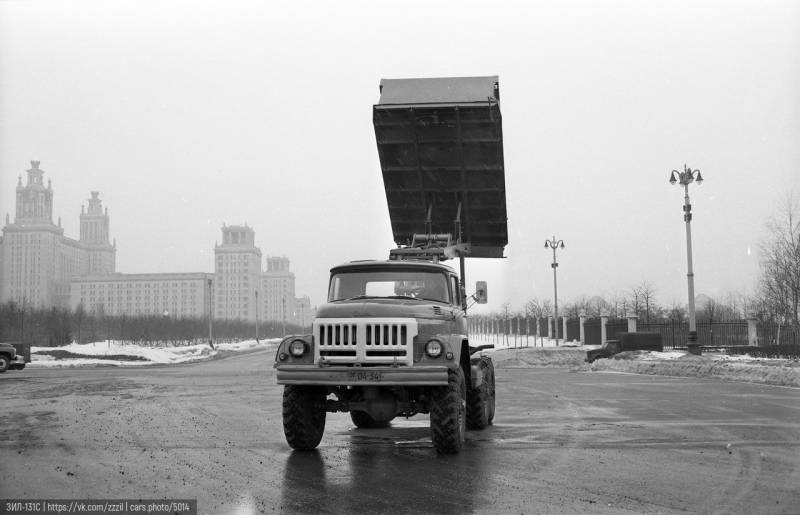
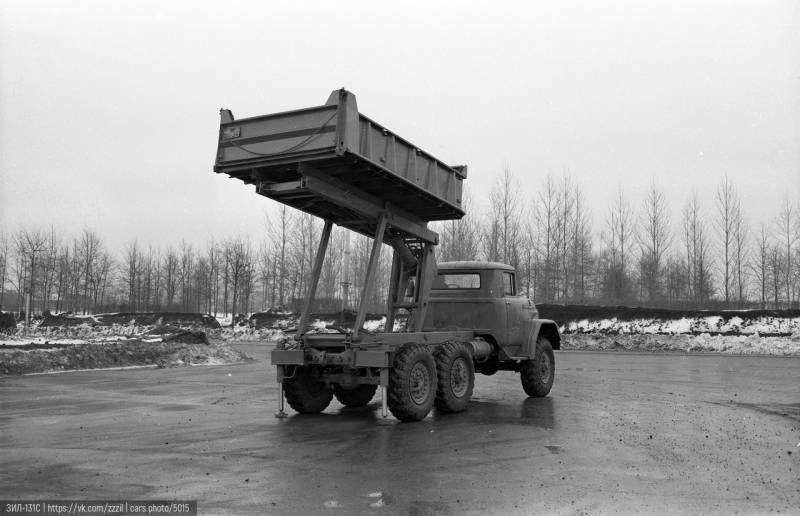
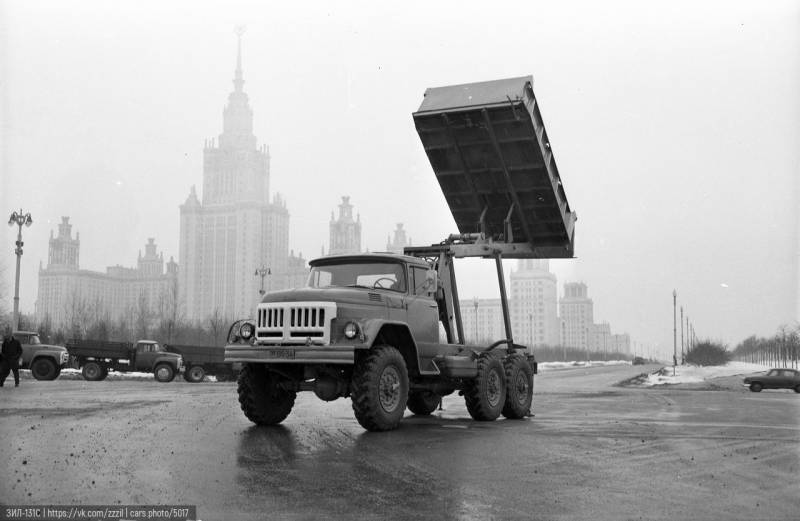
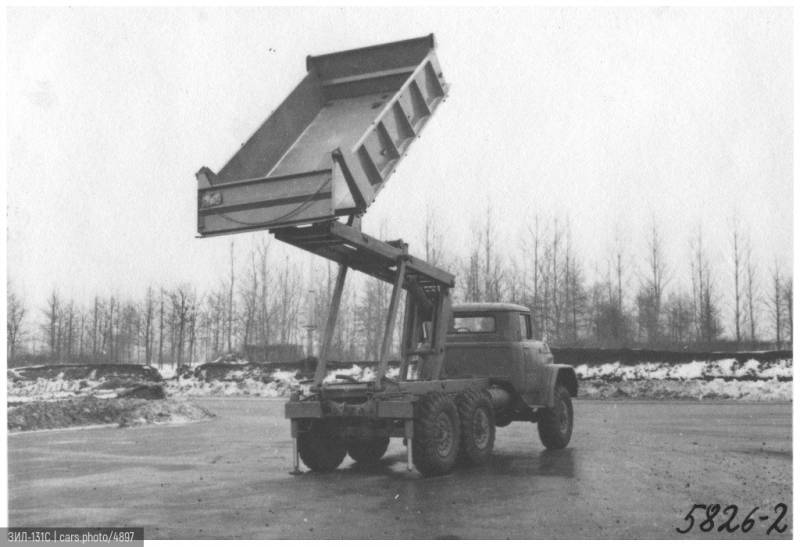
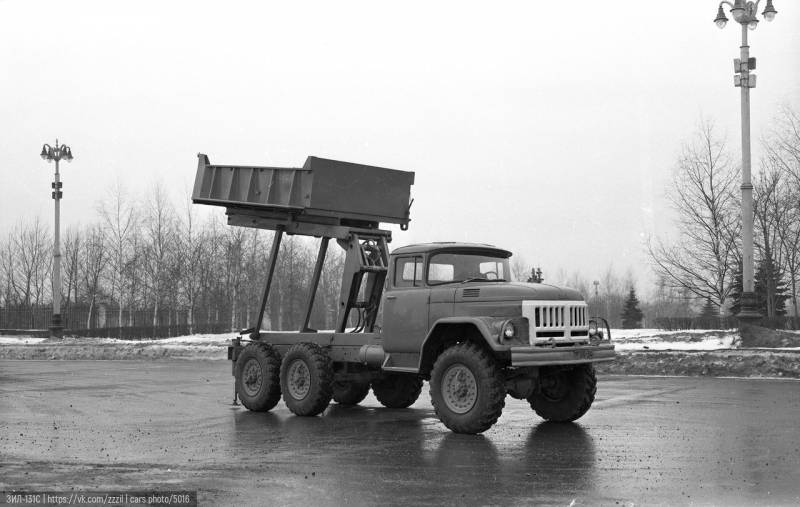
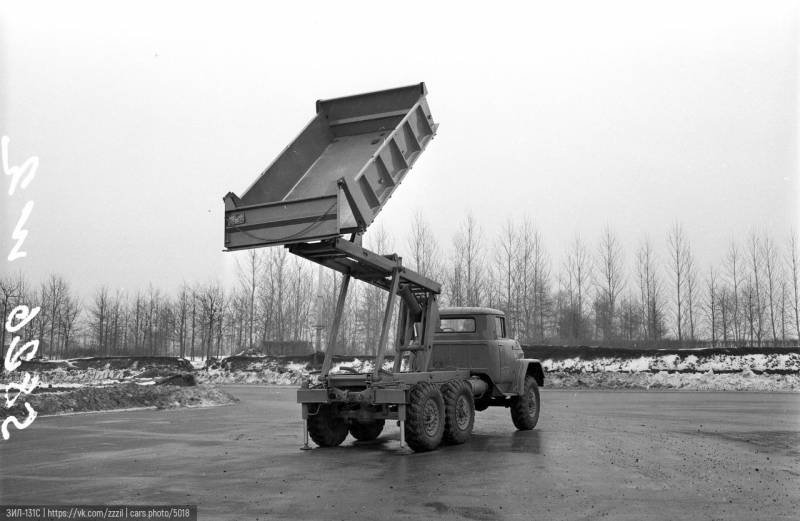
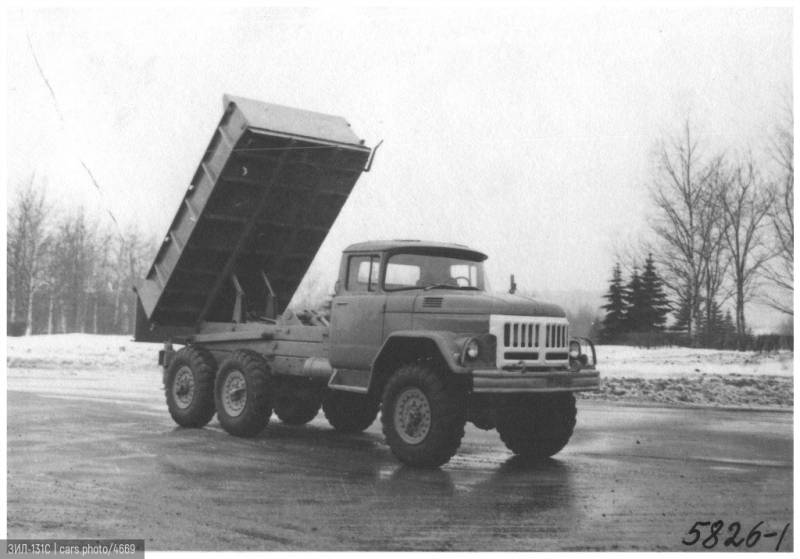
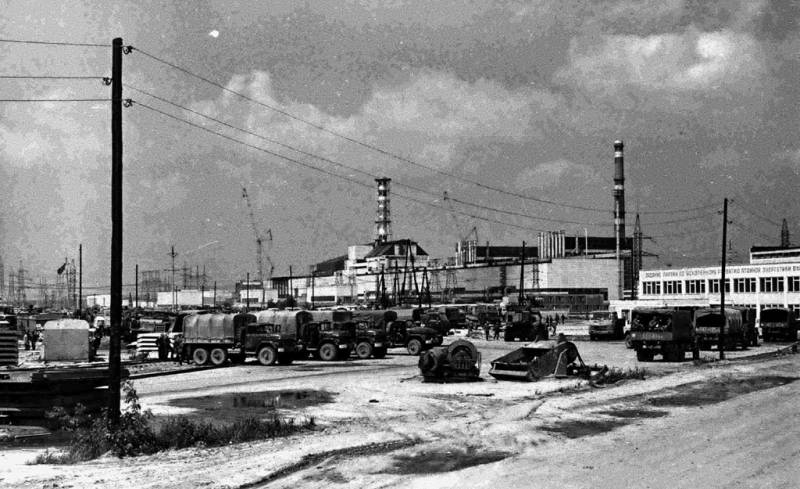
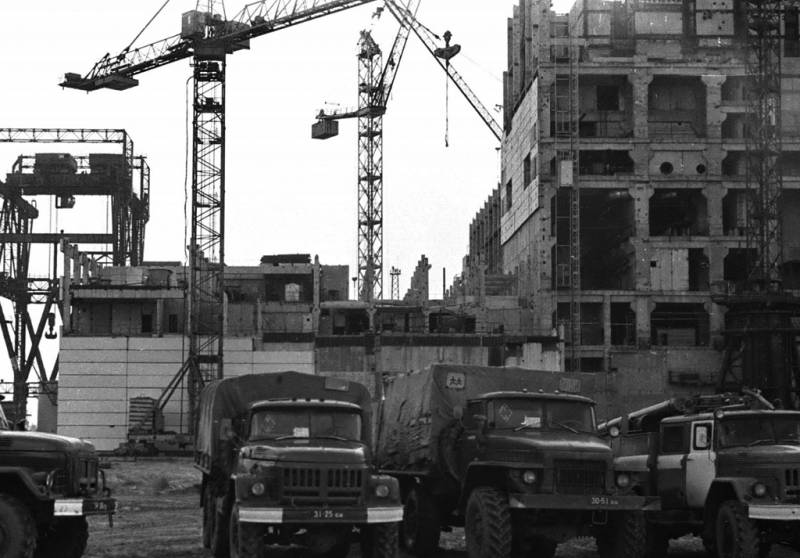
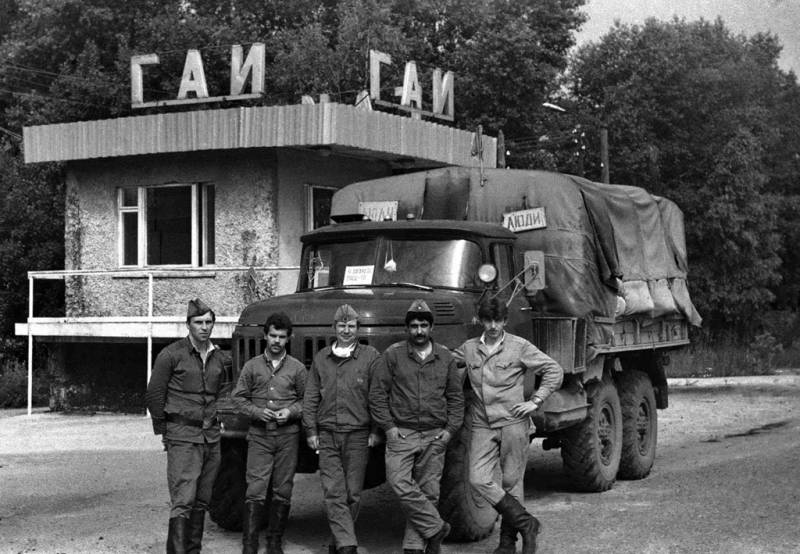
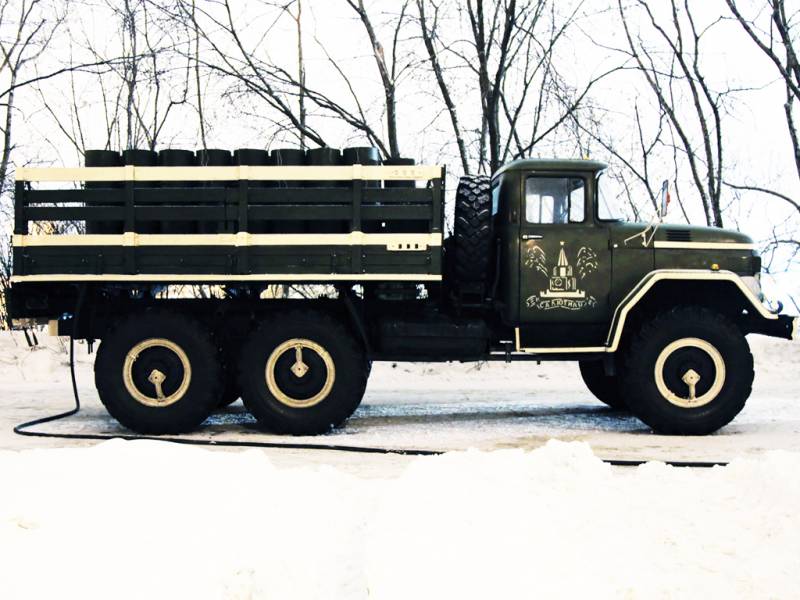
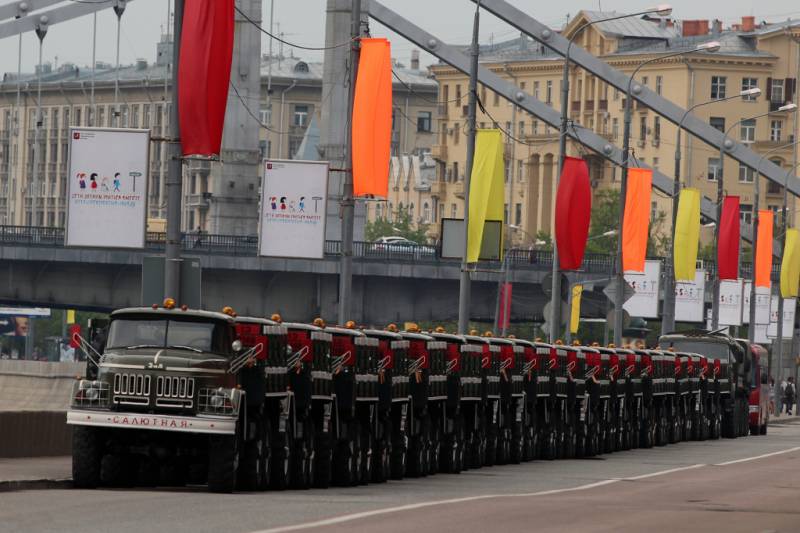
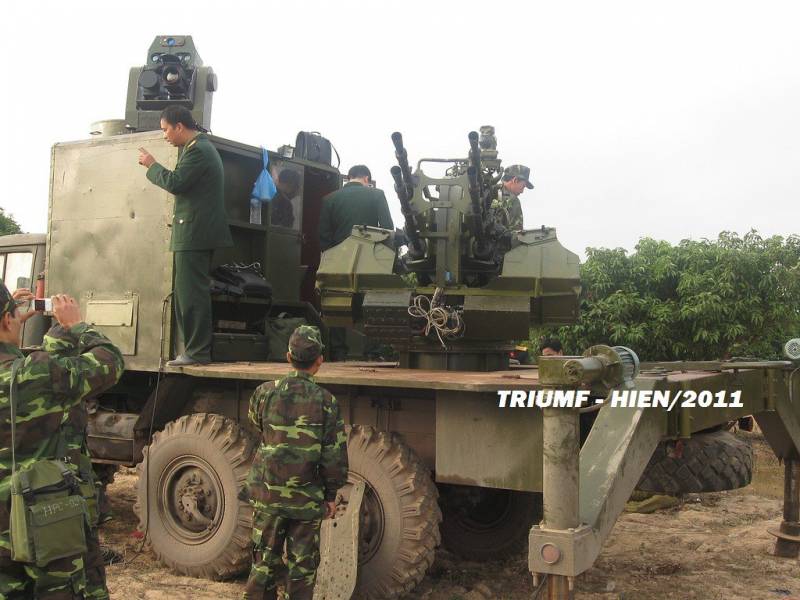
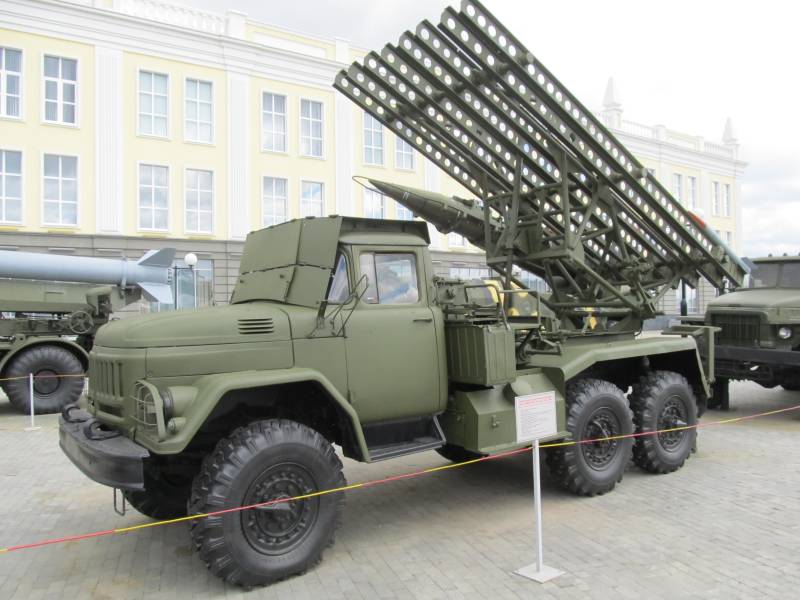
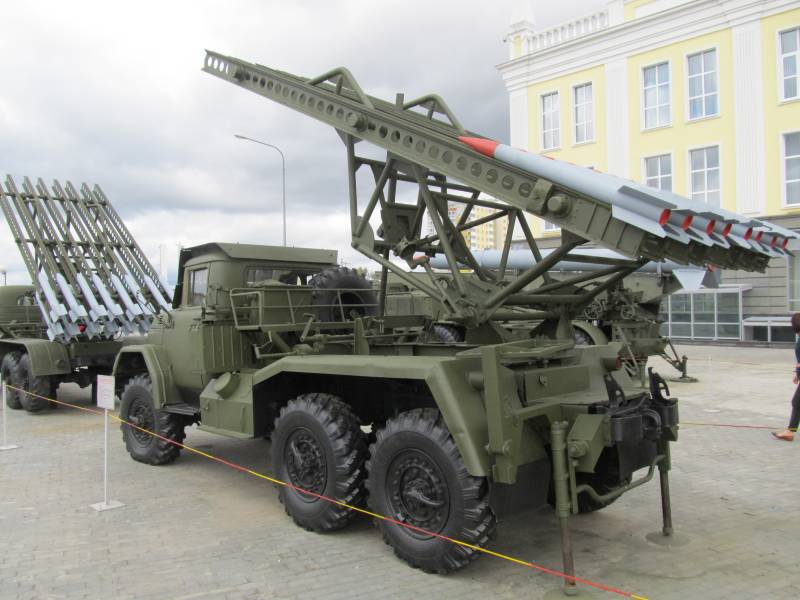
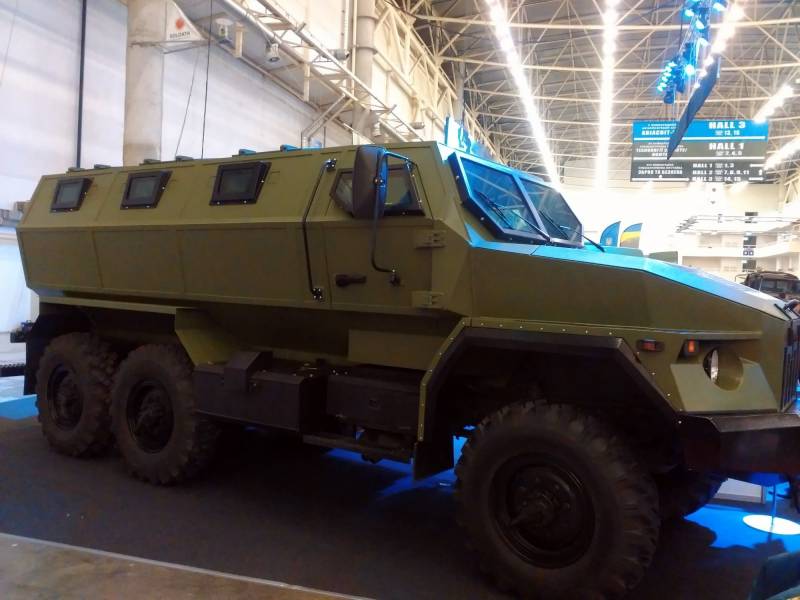
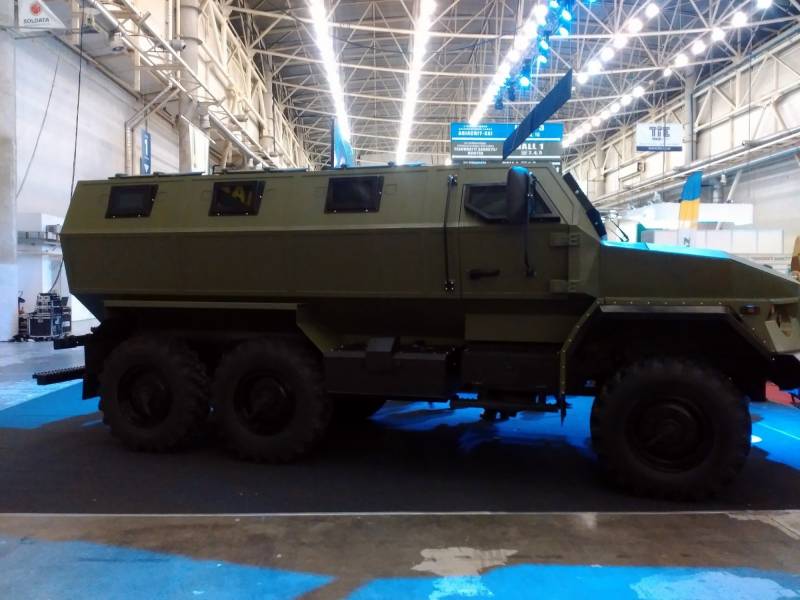
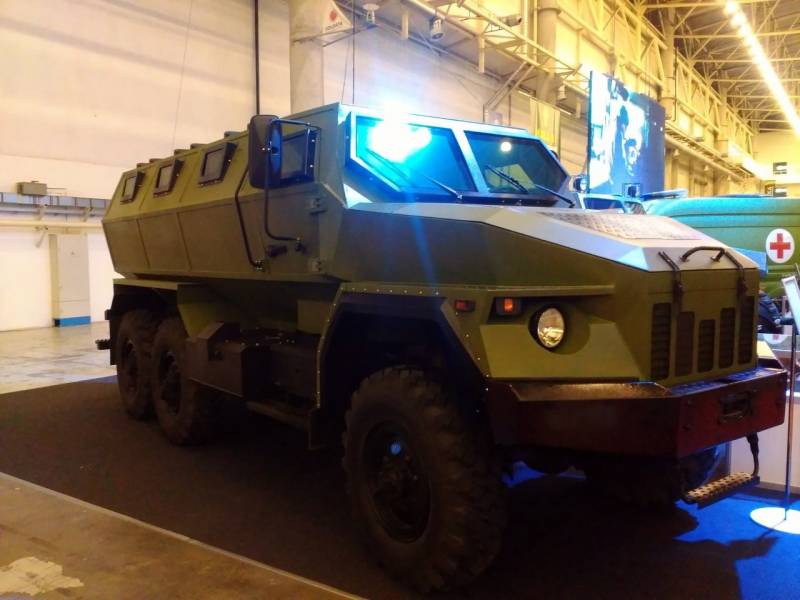
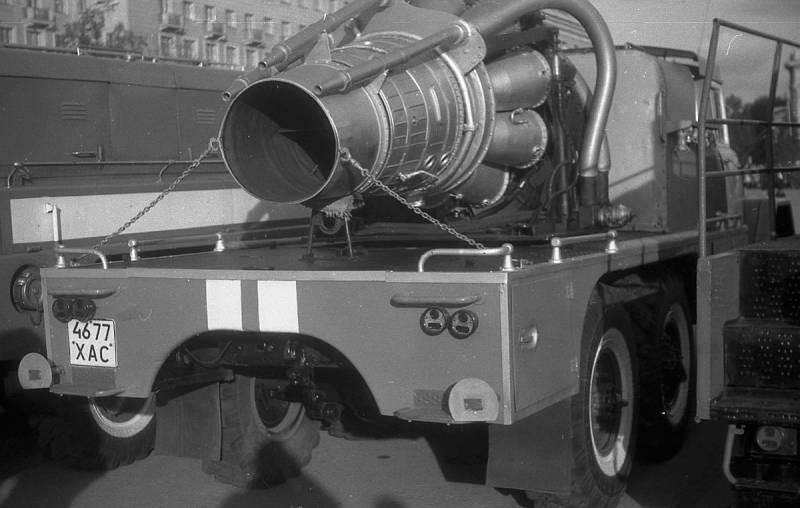
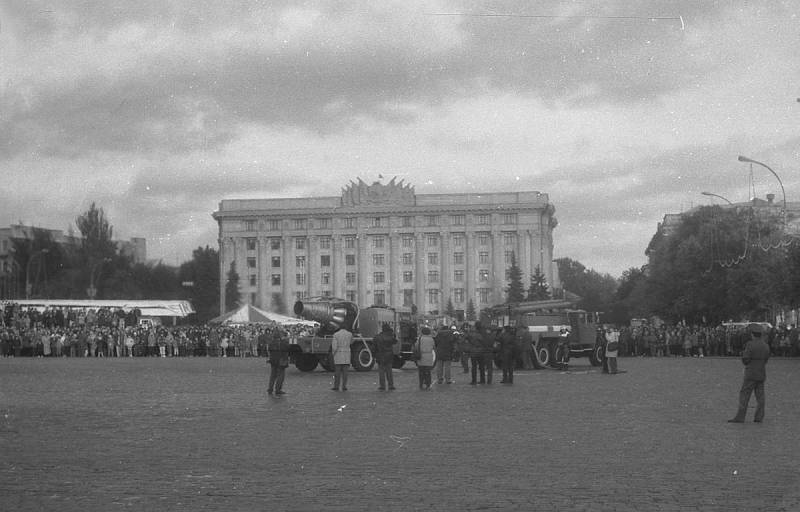
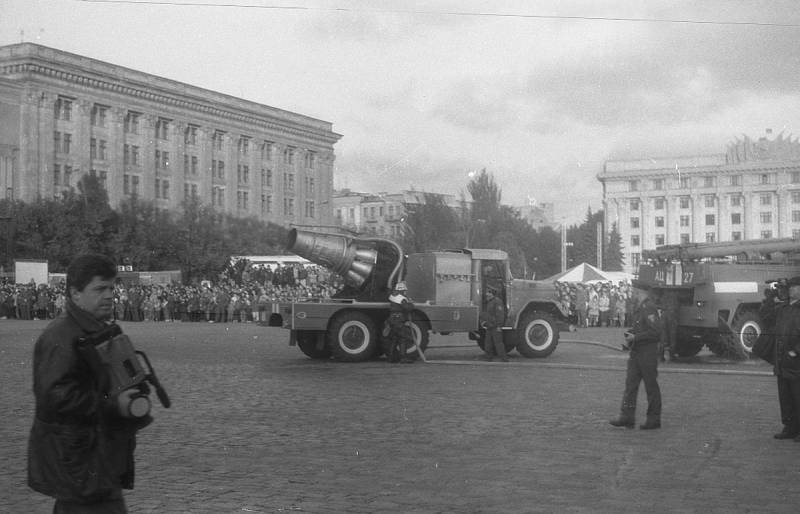
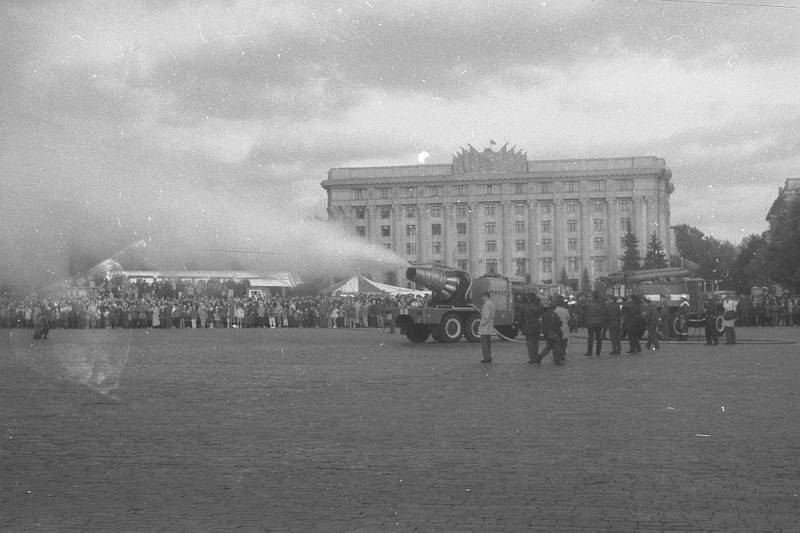
Information